Using Strava for Serious Training
A LOT OF CYCLISTS, myself included, find Strava a very worthwhile tool: with by far the highest number of active users, it's the only game in town for social features (and not just for cycling, but also lesser endurance activities like running and swimming!).
The social aspect enables what I find to be the most valuable part of the Strava experience: the motivation that comes from seeing improvement in my own rides, moving up the leaderboard on segments, and getting inspiration from other athletes' performances. A bit of (mostly) friendly competition I find to be a good thing.
But when it comes to serious training, many people turn up their noses at Strava. And it's true that the analytics that Strava offers, especially on the free tier, are quite limited compared to the competition.
There's a couple of things to say about this.
First of all, when it comes to training, I think there's a lot of over-analysis and over-complication out there: all it takes to achieve success is, to quote Morgan Freeman, pressure and time. Regular, consistent riding with the right balance between easy and hard sessions, a progressive increase in training load, and a recovery period whenever you need one should get you where you want to be. The finer details might make some difference, especially at the highest level, but for amateurs I think if you do this for a few years you're all set.
Certainly that's what has (eventually) worked for me. My current training plan is pretty simple, and all the changes I've made to it recently have moved it further in that direction, which has coincided with me getting fitter than I've ever been. All you really need to stay on track is to follow the old truism to 'listen to your body'. However, that can prove more difficult than it should be for a lot of us.
If that sounds like you, then maybe you'd benefit from a little computerized assistance? If so, as I demonstrate below, you can get all the training detail you could want from Strava (optionally supplemented by a freely-available stand-alone software package for the real data monsters).
While basic, free Strava isn't going to be enough by itself for athletes who want more in-depth analysis of their training, there are ways to enhance the experience. The first option is to pay a few dollars per year for their Premium plan, which actually adds a decent list of features.
The best of these include Relative Effort and the associated Fitness & Freshness trends (these are based on heart rate, and I actually find them to be far more accurate than any power-based training stress balance measures such as found in TrainingPeaks), basic power analysis (zone accumulation per ride and a power curve) and Live Segments (real-time data on segment efforts). There are also custom power and segment goals (the former providing motivation when chasing a season's best, and the latter being most useful in conjunction with Live Segments, as you can then see in real time whether you're on target to beat your goal time).
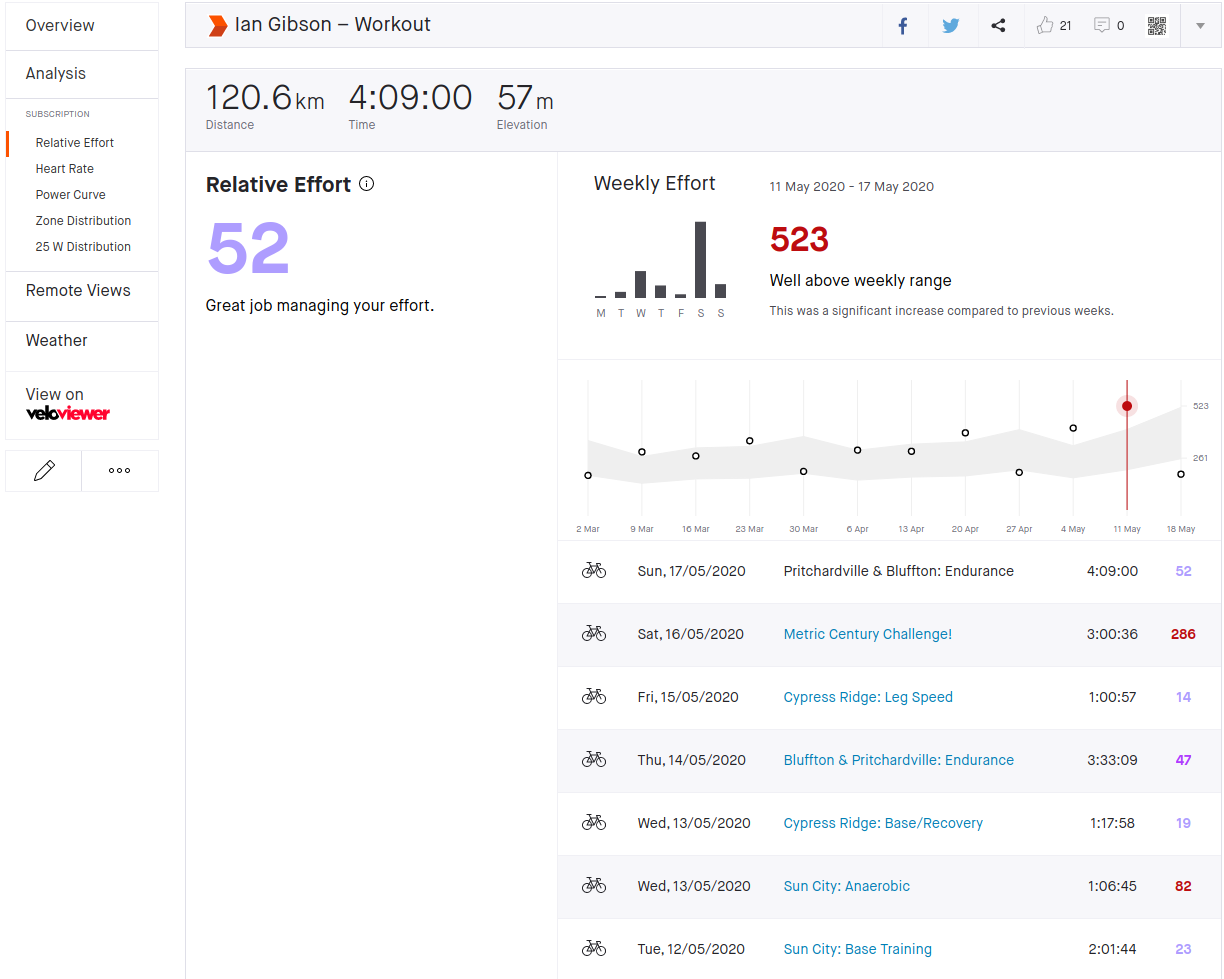 Strava Relative Effort
Strava Relative Effort
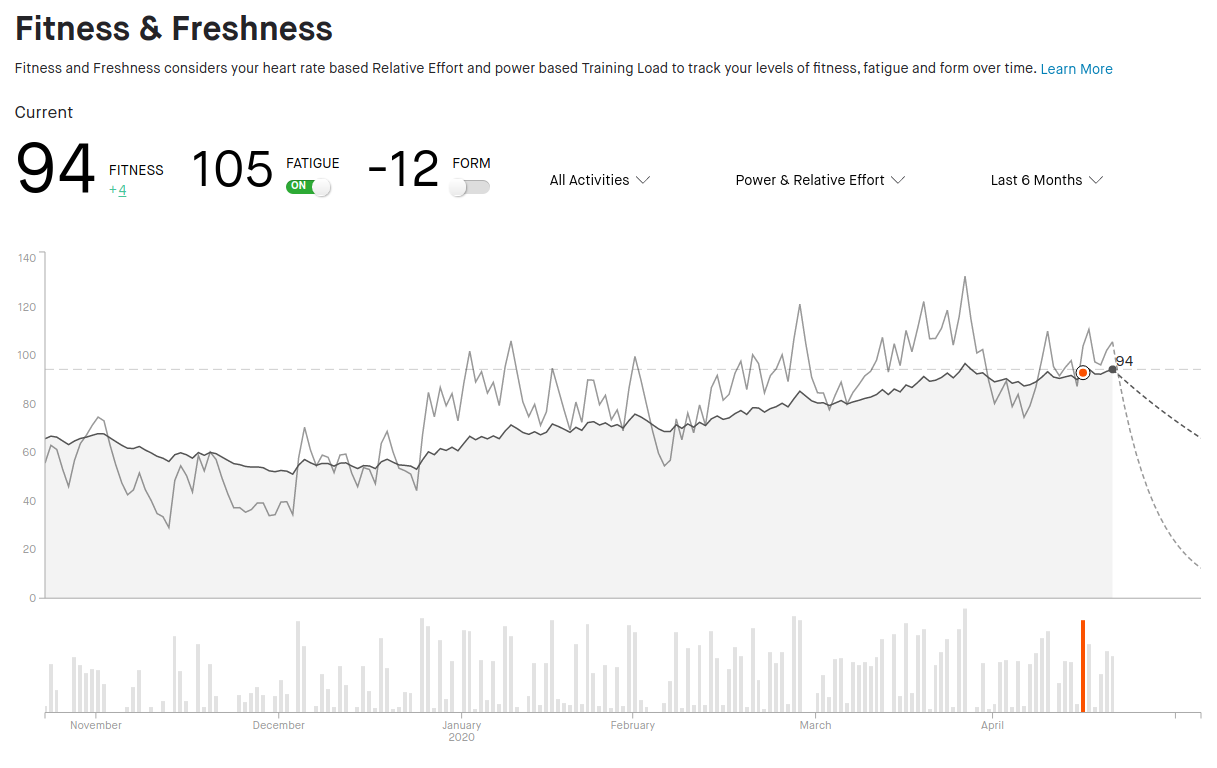 Strava Fitness & Freshness
Strava Fitness & Freshness
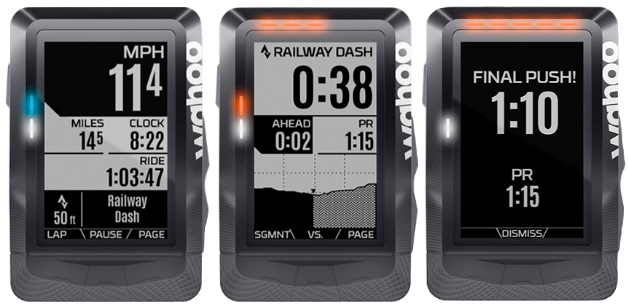 Strava Live Segments
Strava Live Segments
However, aside from this, there's another way to make Strava better: using add-on apps. There are many out there, but the best two that I've found are intervals.icu and Elevate (both of which are currently web browser extensions and thus only work on the strava.com website, not on the phone app).
Elevate gives you a ton of ways to customize your activities, adding many enhanced statistics and graphical breakdowns. It also replicates the TrainingPeaks fitness trend model if that's your bag, and even allows detailed customization of the Strava homepage (my favourite is hiding indoor activities like Zwift from my feed).
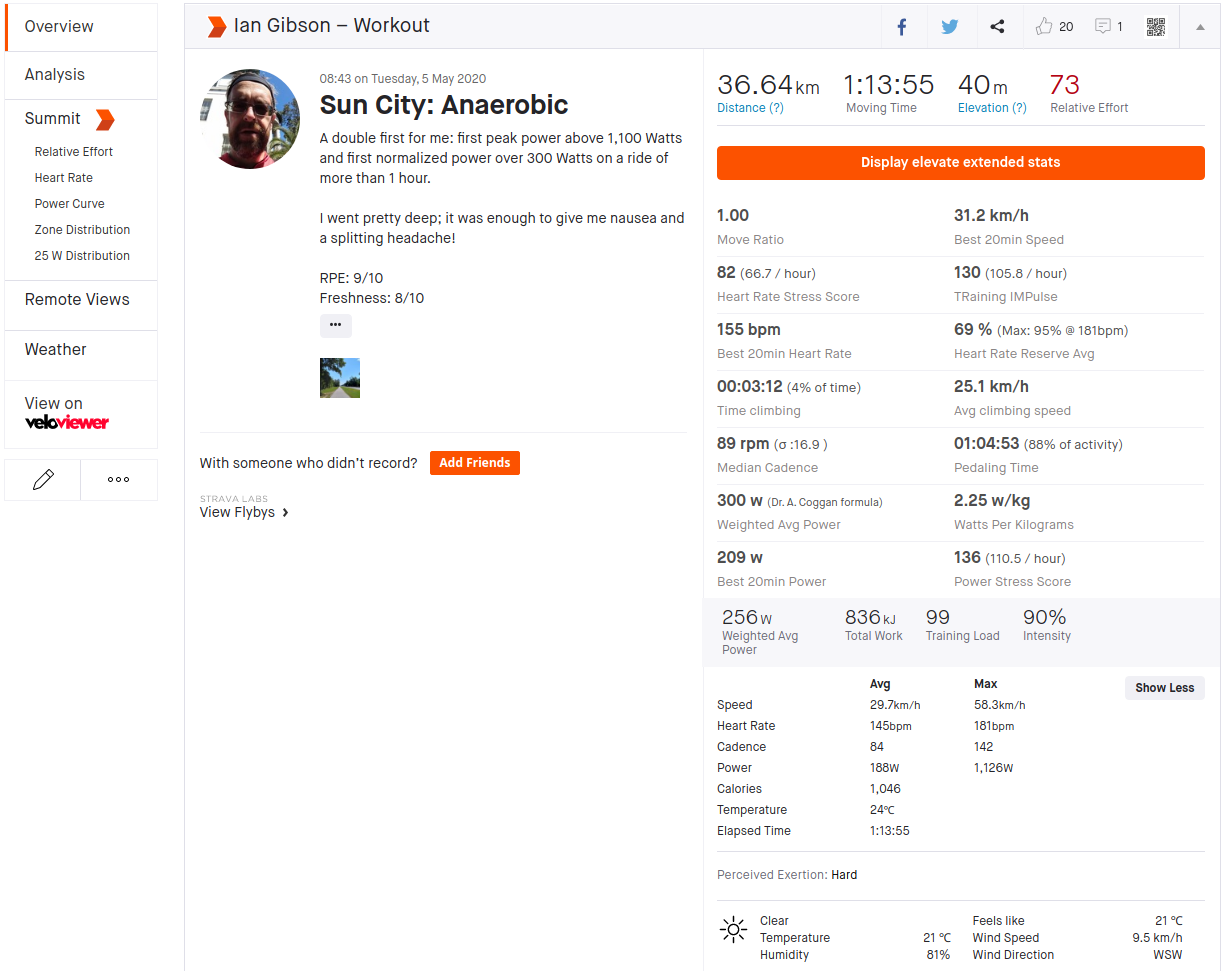 Elevate Activity View
Elevate Activity View
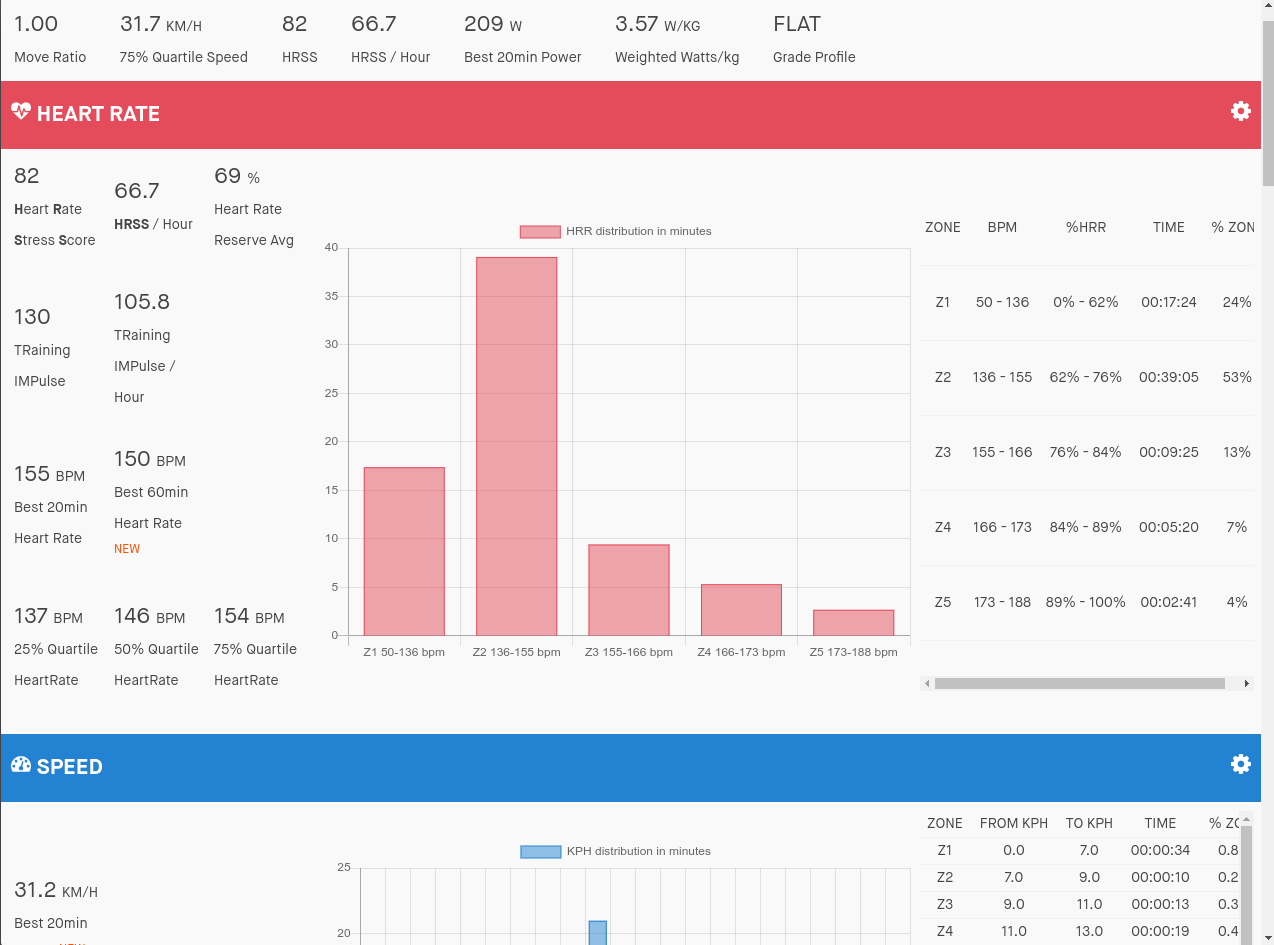 Elevate Extended Stats
Elevate Extended Stats
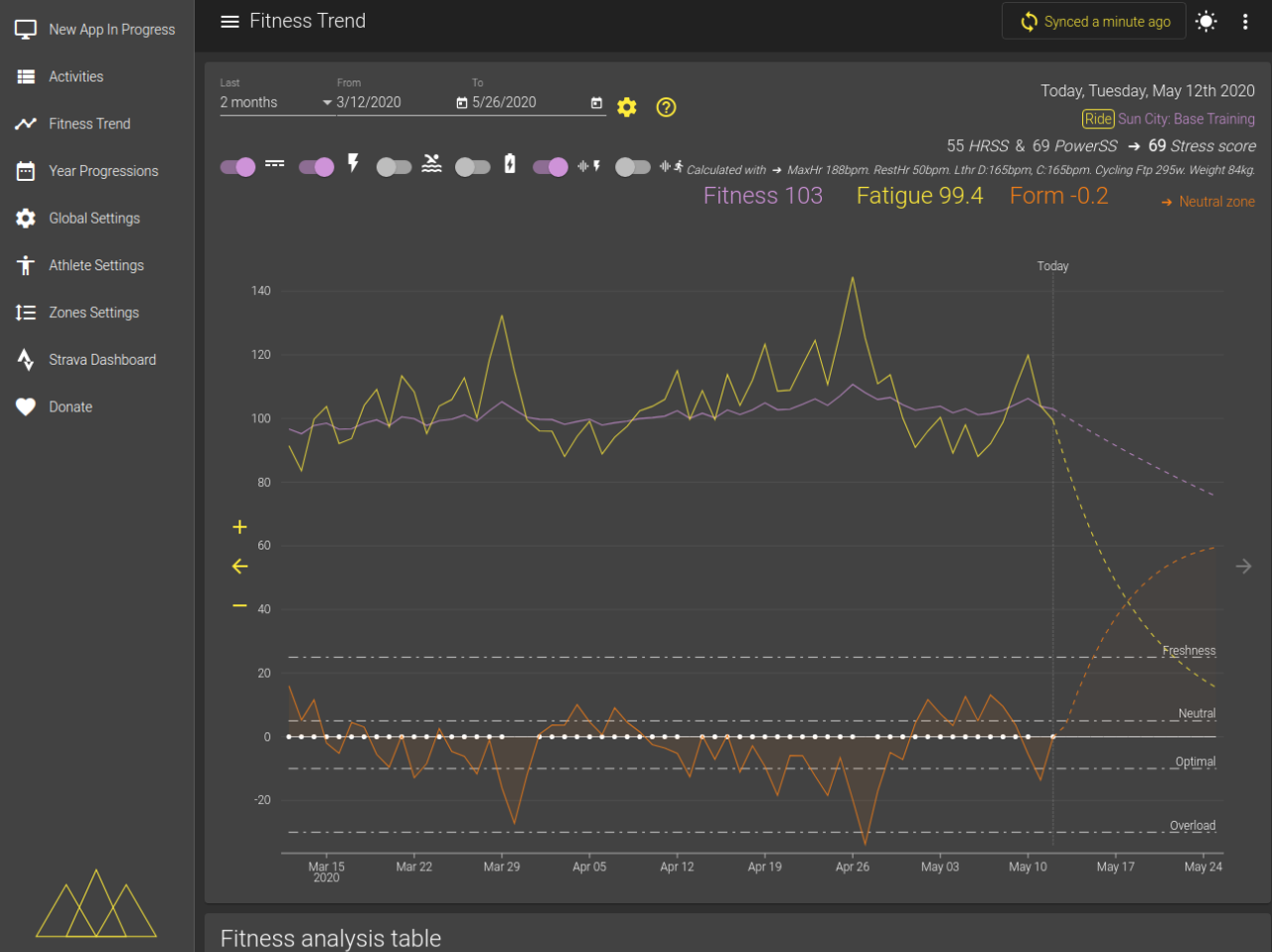 Elevate Fitness Trend
Elevate Fitness Trend
If you train with a power meter, intervals.icu lets you go even deeper. It again gives you the standard power-based fitness breakdown, plus a calendar detailing all your activities with their information, your weekly training load and training distribution, etc. It lets you know when you get a power PR for a given time period, gives you power profile analysis such as athlete type and where you stand relative to other intervals.icu users, gives FTP estimates from extended maximal efforts (if you want this to be accurate, make sure to set the minimum duration to at least 20 minutes), and provides a very detailed breakdown of individual activities, plus lots more. At the time of writing it is undergoing rapid development, and is already a must-have for any Strava user with a power meter.
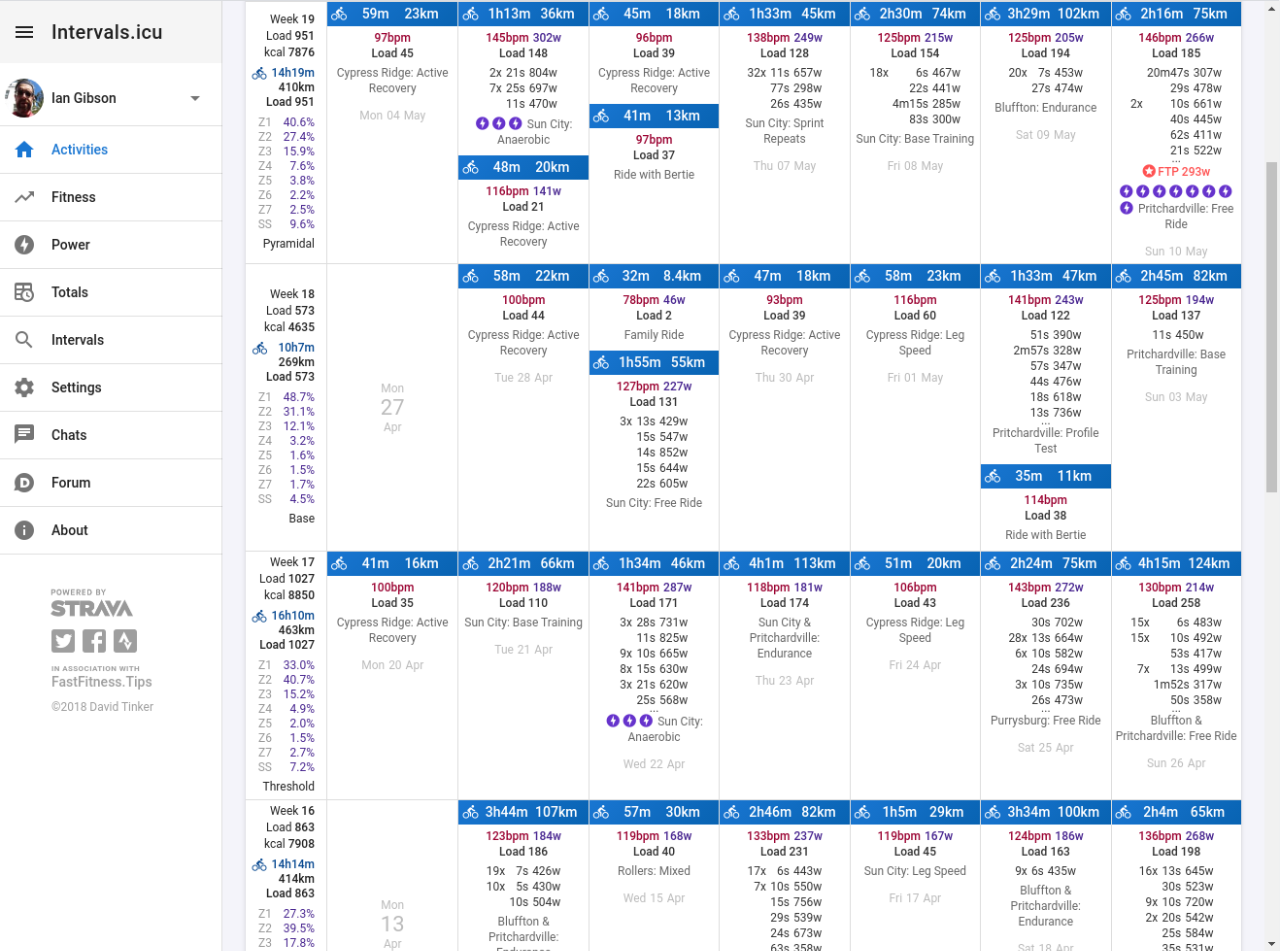 intervals.icu Training Diary
intervals.icu Training Diary
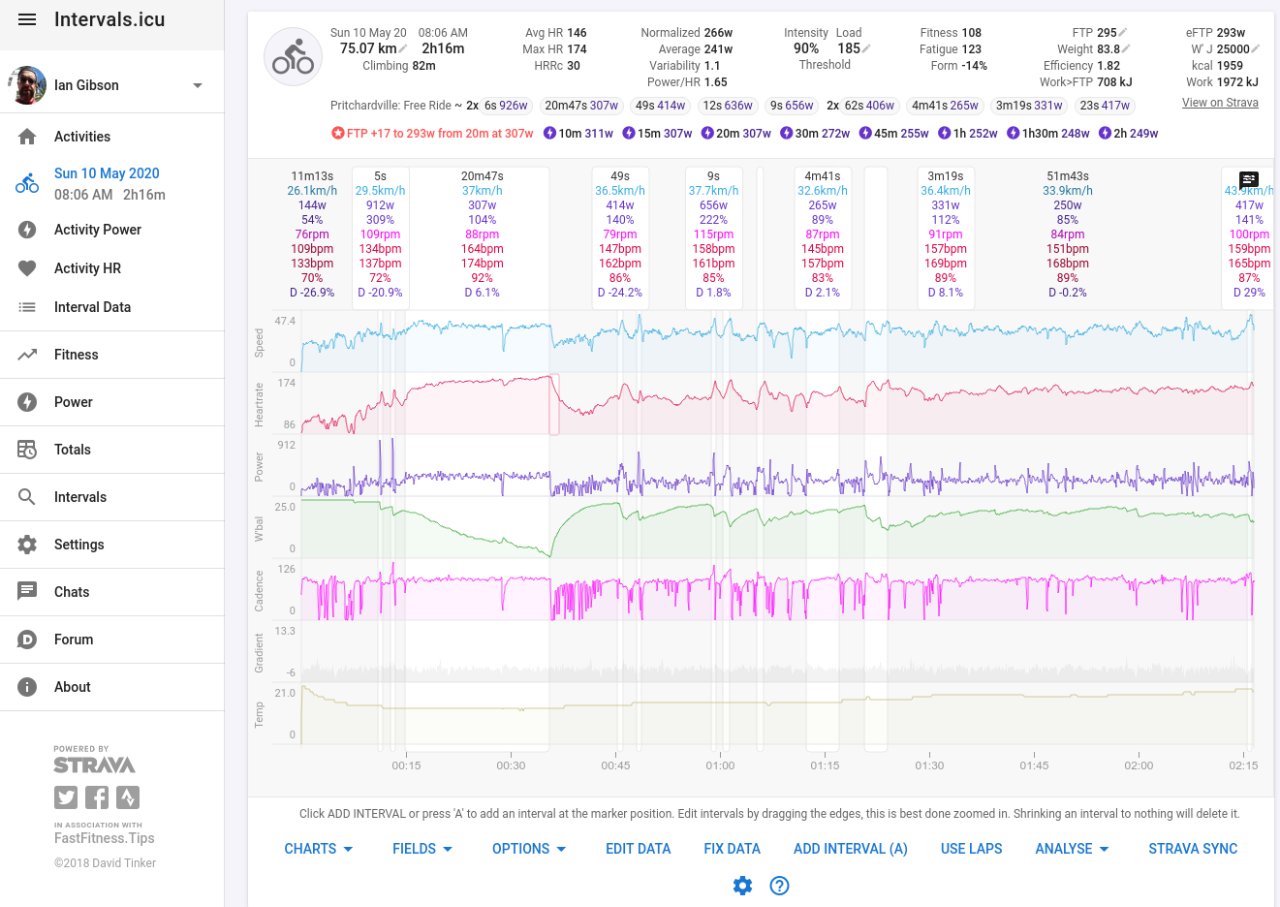 intervals.icu Activity Details
intervals.icu Activity Details
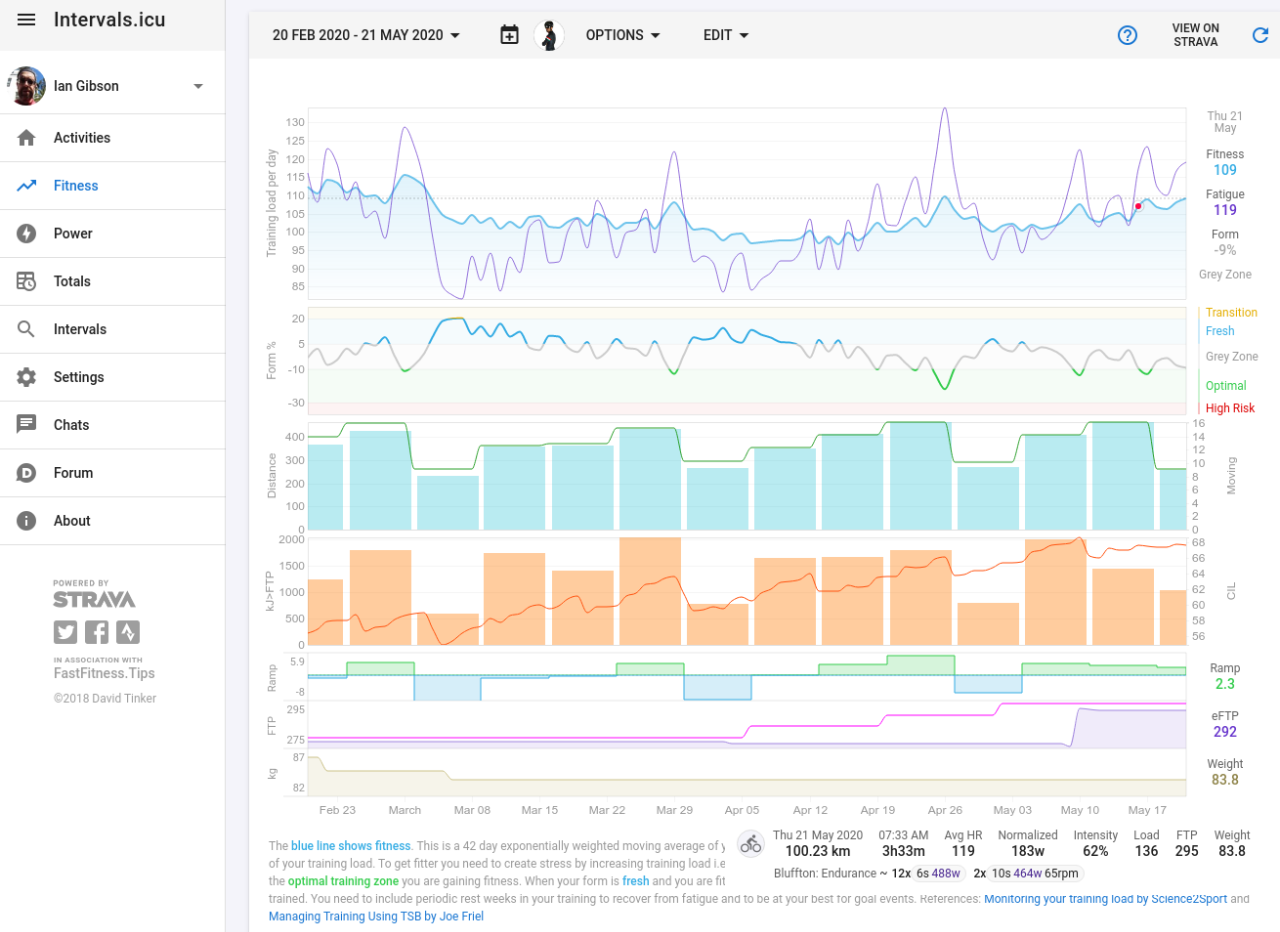 intervals.icu Fitness Chart
intervals.icu Fitness Chart
I personally use all the above, and find it easily covers everything I need. But in case that's still not enough, the standalone (not Strava-related) WKO clone Golden Cheetah takes you well and truly down the rabbit hole. I use this as well, but generally just for a couple of esoteric features that I can't get elsewhere.
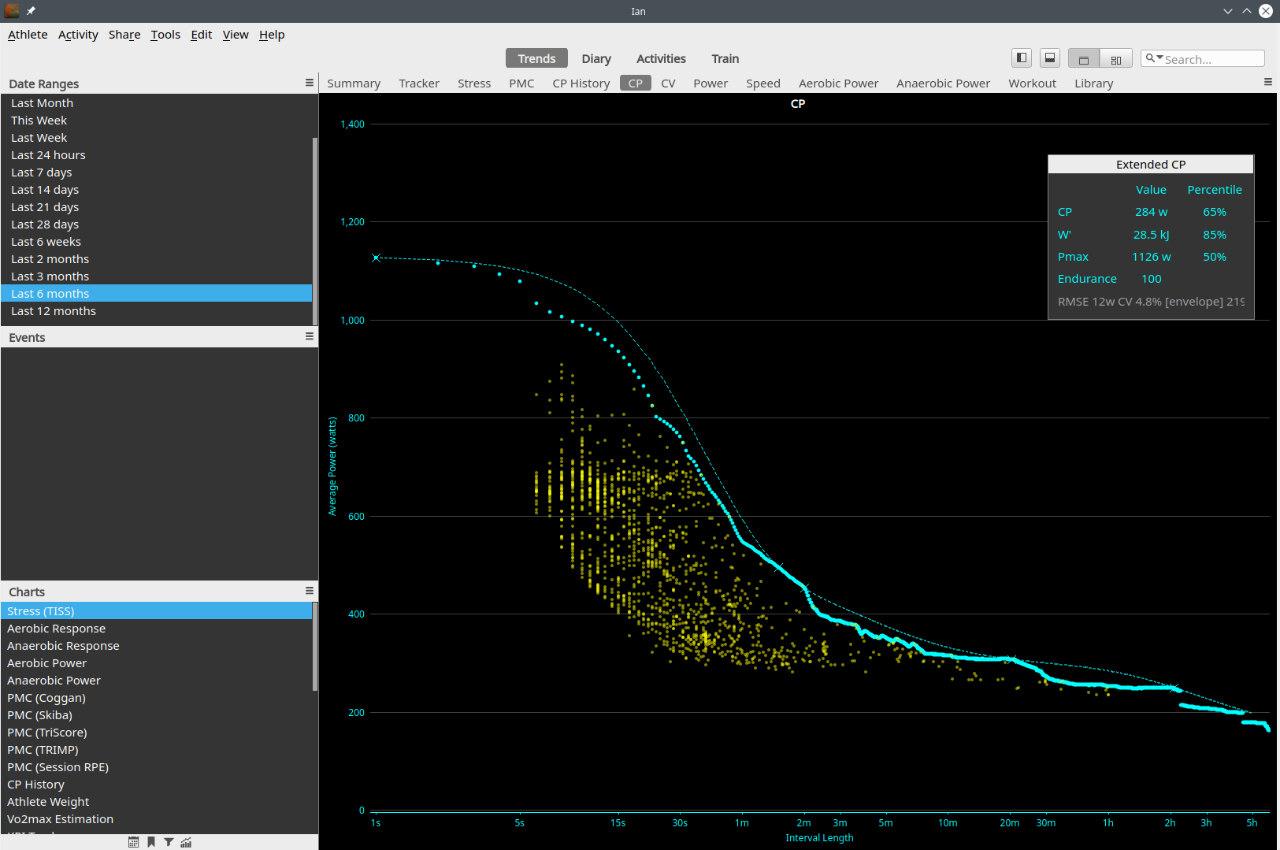 Golden Cheetah
Golden Cheetah
Between all these, it's safe to say you can have all the data analysis you want, and probably a lot more than you actually need.